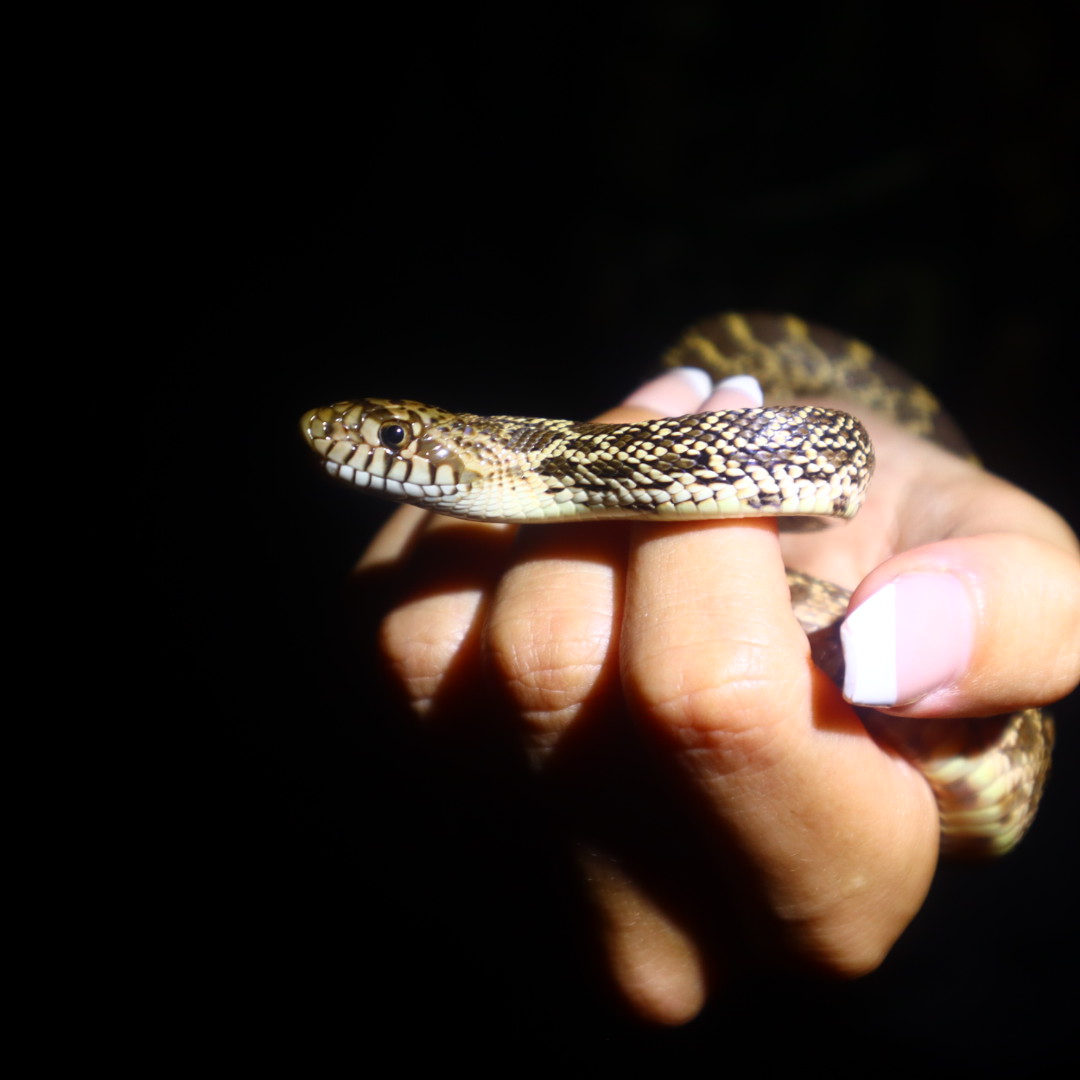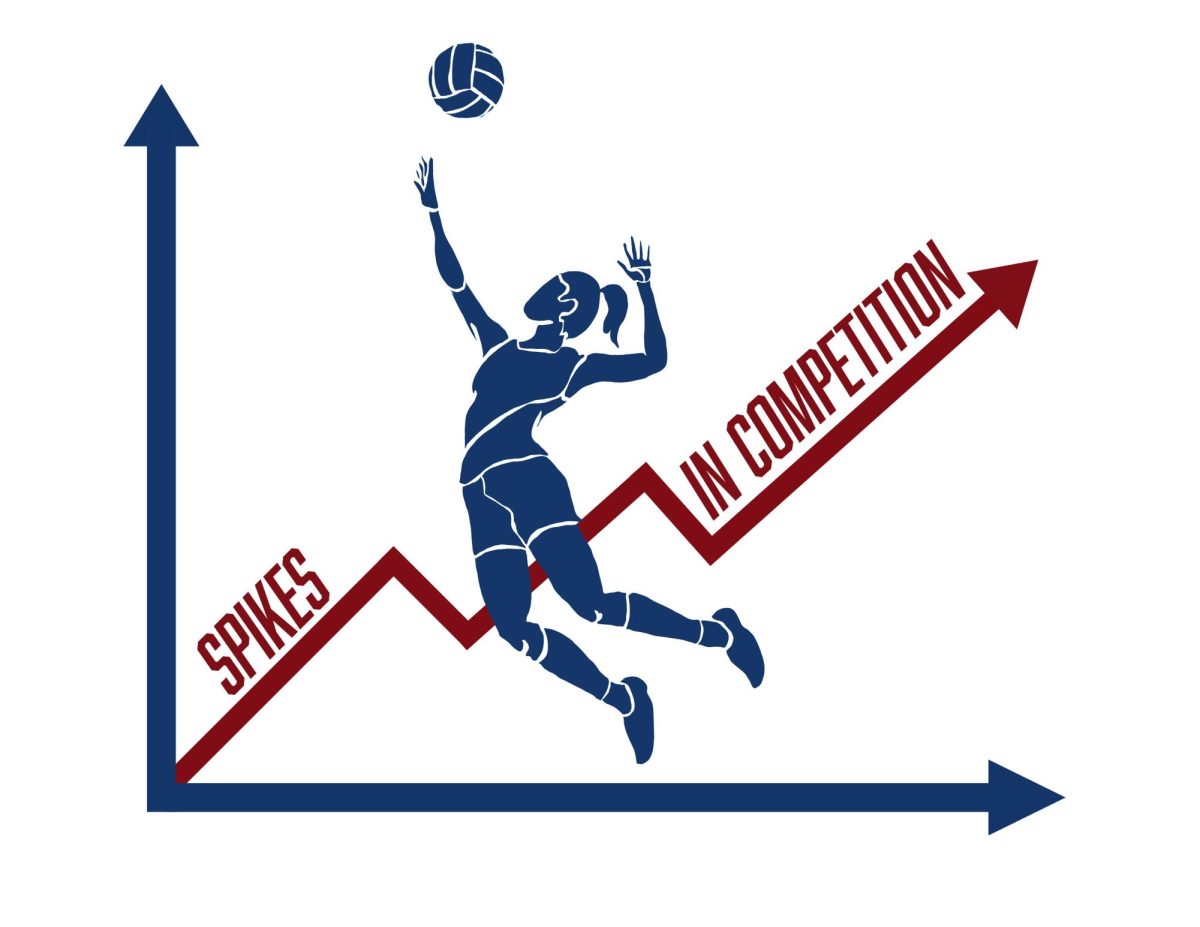There are a variety of field trips that the BVN biology department takes, including a biannual snake-hunting trip. From Friday, Sept. 27 through Sunday, Sept. 29, students from AP biology, field biology and CAPS bioscience research classes traveled to Ellsworth County, Kansas to go on a snake-hunting trip.
AP biology and field biology teacher Christopher Ollig and CAPS bioscience research teacher Eric Kessler took the group of students to stay at Kanopolis State Park, where they assisted the Kansas Herpetological Society in updating their research.
“The Kansas Herpetological Society [picks] a county in Kansas with records that need updating… based on Kansas topography because that indicates what might be a better habitat for snakes,” Ollig said.
Ollig also described the training involved for the students attending the trip.
“We teach them how to identify certain types of snakes and how to handle a situation where they might come across a venomous snake…,” Ollig said.
Senior Simon Chacey also talked about some of the safety precautions during the trip.
“There are only three venomous snakes in the areas we were in, so we all had to know which kinds we couldn’t pick up,” Chacey said. “Past that, it was kind of just ‘Don’t get bit’….”
Ollig also described a variety of student involvement during the trip.
“We did a lot of surveys to look for the snakes… the students got all of their tents [and gear] set up for the camp,” Ollig said. “We [were] hiking nonstop through the area looking for rocks we can flip over for snakes… and documented them by taking pictures or using the app iNaturalist.”
Chacey also described the events that occurred during the trip.
“A lot of what we did was hiking; we hiked around to Horsethief Canyon and then there was another private property off of it that we got permission to go onto,” Chacey said. “We also took a bunch of side adventures… we went to Little Sweden that had a bunch of interesting shops and other people took trips to the lake. At night, we would go on night rides and just look for snakes, opossums and racoons that were on the street.”
Chacey also talked about the process of conducting the snake surveys.
“We have to catalog them [snakes and other animals found], take pictures and say how many species we found. Ones that have features about them like parasites — I found a gecko that had some parasites — are taken and get pickled so that they can take them to labs and do research on them,” Chacey said.
This fall, the group “didn’t find a particularly large amount of snakes,” Ollig said.
“…The weather was in the mid-80s or even warmer which is not ideal for snake hunting,” Ollig said. “[Despite this,] our group found garter snakes, ribbon snakes, ringneck snakes, water snakes, gopher snakes and the western rat snake.”
Ollig said that the trip was a good learning opportunity for himself and his students.
“In the last 15 years, I’ve learned way more about reptiles and amphibians than I could ever imagine… you get to pick up on a lot of things that you wouldn’t necessarily learn from a textbook,” Ollig said. “I definitely get to see a more natural personality from students on these trips… students get to know other classmates of theirs that they might not know very well and meet students from other schools.”
Ollig also said that there is a lot to learn about snakes from this trip.
“Snakes in general have a really negative perception which is unjustified because there are so few snakes as a percentage that are harmful to people. Every snake is extremely beneficial to people because they help maintain a healthy ecosystem,” Ollig said. “If we’re able to show people that when you see a snake, although it may give you the willies and you won’t want to touch it, the reflex isn’t ‘Oh that’s a snake, it might try to kill me so I should kill it,’ — more instead just the idea that it’s a part of the ecosystem we live in and that’s an important species that lives here, [helping to] foster that respect.”
















